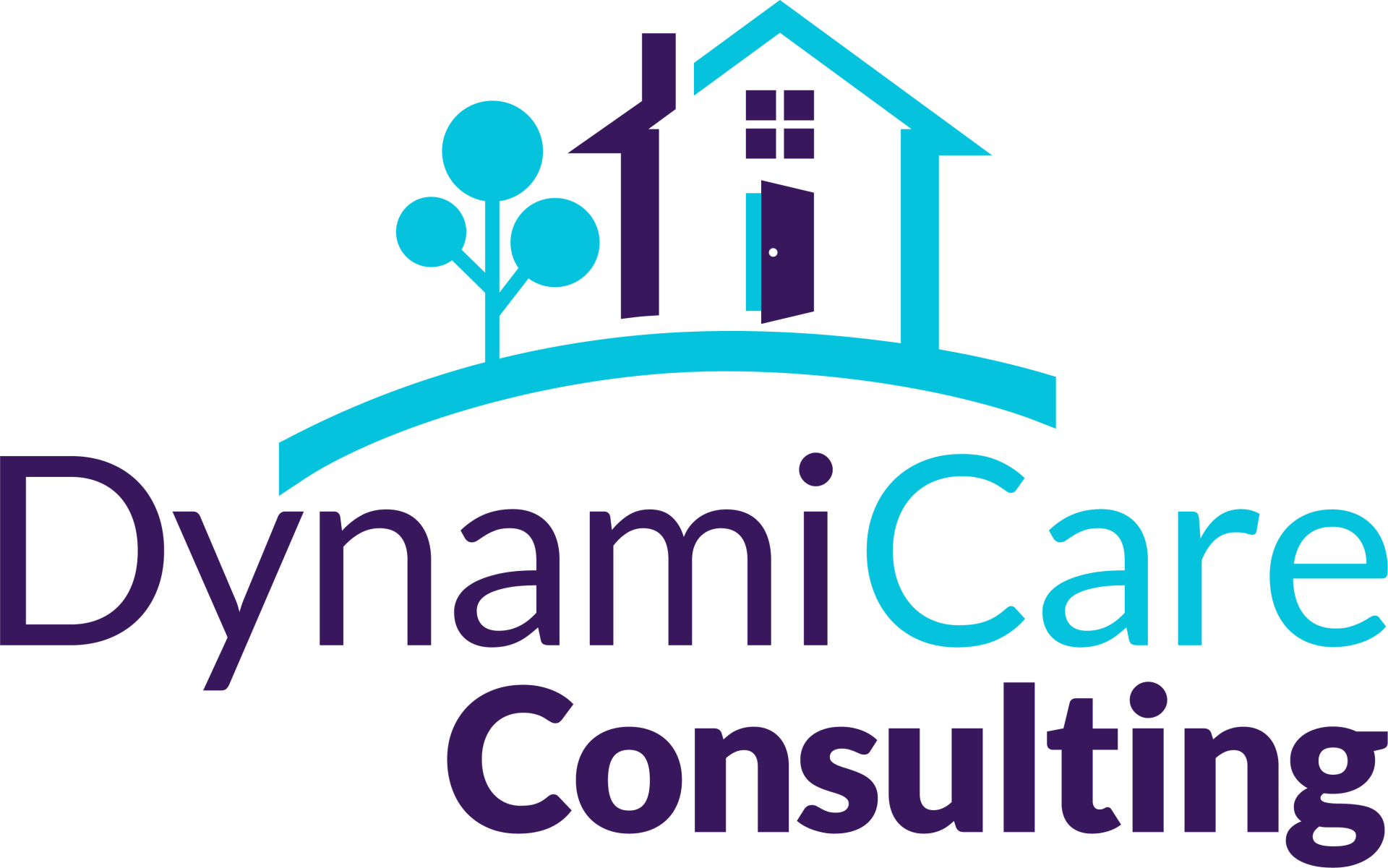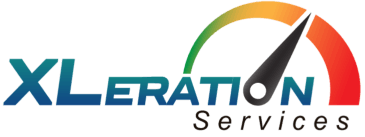Domotics: An emerging new field
By Alice Jacobs Vestergaard Ed.D, MBA, MCHES, DynamiCare Client Education Specialist
What is Domotics?
“Domotics” (derived from the word domicile) is an emerging new field comprised of assistive technology that enables a growing number of patients/clients to receive care and live safely and comfortably at home- regardless if they are completely independent, interdependent, or dependent on others for care.
The Evolving Future of Domotics
There’s no doubt the delivery and management of care is undergoing an evolution. Patients are being discharged from acute care settings and cared for at home or in communal group settings, versus remaining in the hospital or having to be physically connected to technology. Wi-Fi capabilities are driving innovation in remote monitoring and care. As more and more care moves outside of the hospital, there is a growing need for care providers to become familiar with how to interpret and monitor data generated by remote monitoring devices. The Covid-19 pandemic greatly accelerated telemedicine which is one category of Domotics. Due to the fluid nature of the pandemic combined with on-going and rapid technology changes, coupled with changes in healthcare delivery to optimize resources to achieve the best patient outcomes, the field of Domotics will continue to expand.
Overview of the Seven Domotics Categories
- “Enabling technology.” or “Assisted technology.” This category includes all devices and equipment that enable people to live independently in spite of any disabilities or impairments. There are many advances being made in this category , Such devices as hearing aids, automatic reminder systems, talking devices, and medical self- monitoring equipment are being installed or utilized with increasing frequency.
- “Safety Technology.” This encompasses Personal Emergency Response Systems (PERS) that are used to summon help. This category of technology includes devices that use signals, alarms, and wireless transmitters to monitor and detect changes, provide peace of mind, and summon help if necessary.
- “Caregiving technology” These devices include the following: feeding and nutrition delivery systems, in-home kidney dialyzers, “Loaded” beds which integrate technology to monitor patients/clients and help prevent pressure ulcers, ultrasound bladder scanners for the management of urinary incontinence, barcode monitoring and tracking systems to make sure the correct patient/client receives the right medications, dosages, and treatment, and home telehealth systems. These in – home automatic reminder systems, talking devices, and medical self- monitoring equipment are being installed or utilized with increasing frequency. These devices optimize resources and enable “virtual visits” due to distance monitoring capabilities.
- “Labor-saving technology” These devices increase worker efficiency and reduce injury. Patient lifting and transfer systems, bathing systems, and convertible dining systems all fall in this category. But the one aspect of this category receiving the most attention these days is the eHealth Electronic Medical Record that replace the need for manual patient charting.
- “Environmental Technology:”Products, goods, and services that enhance the safety of living environments are in this category. Fire resistant, soil resistant, odor resistant, and bacterial resistant fabrics and materials are a big part of this category, as are sensor-signaling devices to help cognitively impaired people.
- “Staff training technology” is category six. With all the new technology being utilized to provide better, more efficient and cost-effective care, staff and allied health workers need training automatic reminder systems, talking devices, and medical self- monitoring equipment are being installed or utilized with increasing frequency. Even the training delivery itself is connected to technology. There are CD-ROMS, webcasts, and podcasts – all of which can be viewed and presented at different times to accommodate different shifts and individual learning preferences.
- “Information Technology. (IT)” This is the largest and fastest growing category, and the category receiving a lot of attention due to availability of Federal and State grant monies to train workers to fulfill the projected shortfall of health care IT workers. This category deals with the use of data in health care environments. There are various types of IT Systems in health and human services, including the following; clinical (such as electronic medical records ;) administrative (such as payroll, accounting, and billing ;) decision support (such as analytical and performance management tools ;) and web-based (such as patient/client/consumer information and clinician information.)
References:
National Institutes of Health. “Dramatic Changes in U.S. Aging Highlighted in New Census, NIH Report”.9 March 2006. http://www.nih.gov/news/pr/mar2006/nia-09.htm
- Singh, DA, (2010). Effective Management of Long-Term Care Facilities. (Second edition.) Boston: Jones and Bartlett.


